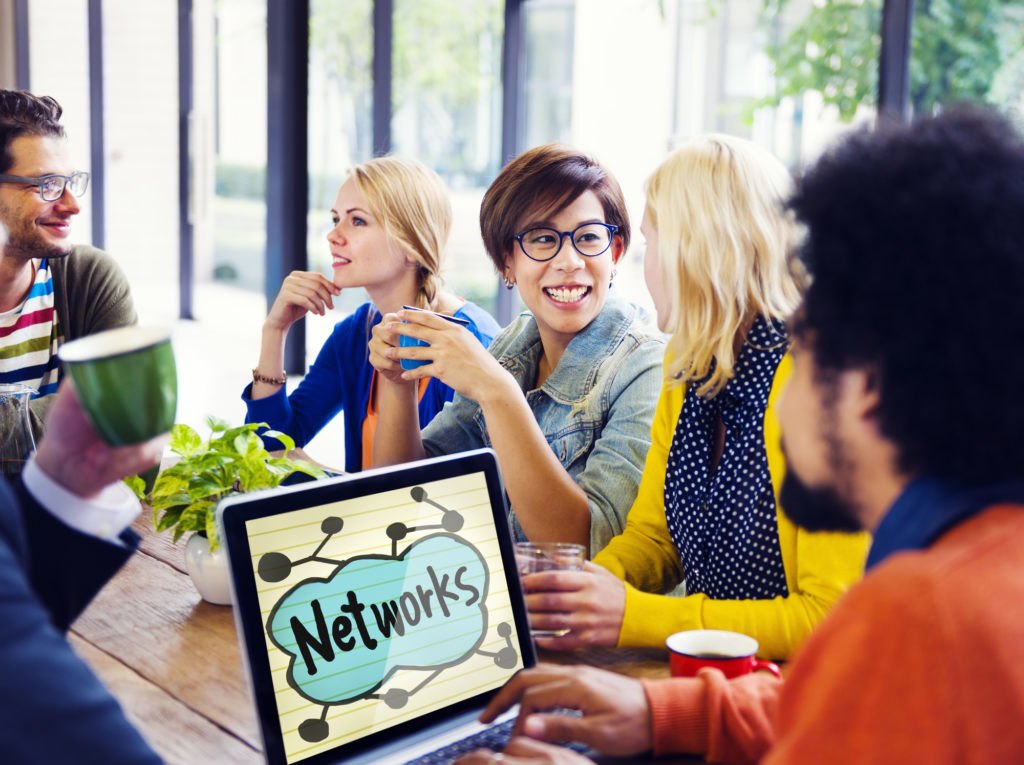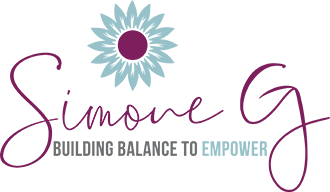When you have one or more invisible illnesses such as autoimmune disorders and/or chronic pain, attending networking events, workshops and conferences can be challenging. It might even seem like networking events and pain or fatigue just go together. Challenges can range from mobility issues, to pain when sitting in a chair for an extended period, to chemical sensitivities or special dietary needs.
Thankfully, there are proactive actions you can take to potentially make the event more accessible to your needs.
Stiffness and Pain Sitting in Chairs
 Sitting on a hard surface chair might not be your idea of fun, especially if it’s for an extended time. Below are a few tips to better manage your pain.
Sitting on a hard surface chair might not be your idea of fun, especially if it’s for an extended time. Below are a few tips to better manage your pain.
- Take time to be active and to stretch before the event. You’ll start in a better place by being less stiff.
- Take breaks as needed. Try to find a seat where you can easily exit without having to make others move. A few mini-breaks where you can stretch or walk around can make a big difference.
- If you’re attending an all-day conference, consider skipping one of the breakout sessions and getting to know some of the display vendors. You’ll get to move around and you’ll get their full attention. I’ve built some amazing strategic alliances using this method.
- Plan for some self-care time after the event. This can be as simple as an Epsom salt bath or a scheduled massage.
Managing Your Energy Across Longer Events

If you are attending an event over two or more days, you do NOT need to attend everything. Select the key events that will have the most value and then schedule some off time to go to your room and rest. It is much more important that others see you at your best than that they see you the entire time. If your energy is low or if you are in significant pain, it will show. Others might not know the cause, only that you are not presenting yourself in a way that garners their interest in working with you or building a relationship with you.
Seating Placement Can Result in Networking Events and Pain

In most cases, the less you have to twist your body, the better. If you’re having a one-on-one conversation with someone, go ahead and share your needs with the other person that you can be more engaged with the conversation if you are sitting directly across from them. Trust me, they will appreciate your full attention without having to watch you fidget in discomfort. The same is true for selecting your seat at round tables and in break-out rooms. Do your best to get a seat that allows for front-on viewing.
A Sensitive Handshake

A firm handshake is considered a sign of confidence, while a weak handshake is often frowned upon as being representative of little confidence. Since a handshake can be the first impression, if firm handshakes cause you enough pain to make you grimace (obviously not a way to start a conversation), what are your options?
- When a hand is offered, offer an explanation such as “I’d love to shake your hand, but my hands are sensitive, and handshakes can be painful.” Just be sure to deliver your message with confidence. No apology is needed.
- Hold an object, such as a pen, tablet or water in your hand to buy yourself time. This is often enough of a deterrence to avoid handshaking. Be quick with your conversation starter and the other individual might not even take note of the lack of a handshake.
- If you are comfortable doing so, take one of the other person’s hands in both of your hands in a friendly, but less painful gesture. This puts you in control, so you can avoid pain.
Dietary Restrictions
Most places are happy to accommodate dietary restrictions. However, if you are attending a networking event such as a Chamber after hours, it may not be reasonable or particularly fair to request special dietary needs, as these are business owners hosting an event at their expense without receiving payment. In these cases, plan ahead and don’t arrive hungry. Chances are there will be something you can snack on. If not, at least you won’t be trying to balance a plate of food while also engaging in conversation or shaking hands. If, however, the event is an all-day event, it’s fair to share your dietary restrictions. Do limit your request to your medical needs, rather than to your preferences.
Chemical Sensitivities
If you have significant reactions to certain chemicals, such as perfumes and fragrances, your host might be willing to work with you to request that other attendees refrain from wearing fragrances. For example, if I am exposed to the wrong perfume or cologne, the result can be a full day or more of asthma symptoms, or even a trip to the ER.
You’ll have more luck working with hosts of smaller events, as larger crowds simply pose too many threats if your reactions are severe. One very cognizant host recently shared the reminder below in an email to event participants so that I could safely attend the event. This is a great example that you can share with your host to help them help you.
“Please note: Due to another participant’s asthmatic conditions, we are asking everyone to refrain from wearing perfumes or fragrances during the retreat.”
She even took this one step further by including a required acceptance of the following statement on an intake form.
“Due to another participant’s asthmatic conditions, we are asking everyone to refrain from wearing perfumes or fragrances during the retreat. Can you agree to following this rule?”
What else can you do? In addition to ensuring you have any emergency medicines on hand, have an exit plan. As good as intentions are, some individuals simply forget or don’t realize that a certain personal care product they use can be harmful to another’s health. If this happens and your host went the extra effort to help you, be sure to thank your host for their efforts, as they may feel bad if you experience a flare-up.
I hope this post gives you a good start on how to improve your experience at networking events and conferences. This post by no means captures all scenarios. Please leave a comment with additional experiences where you have found a successful work-around. The more we can learn from one another’s positive experiences, the more we can raise awareness of our needs and help each other out. And maybe, just maybe, it will no longer seem like networking events and pain are synonymous.
If you enjoyed this article, you might also enjoy this blog on how to Superpower Your Time Blocking with Flex Blocks.
Click here to subscribe to my newsletter.


Comments are closed.